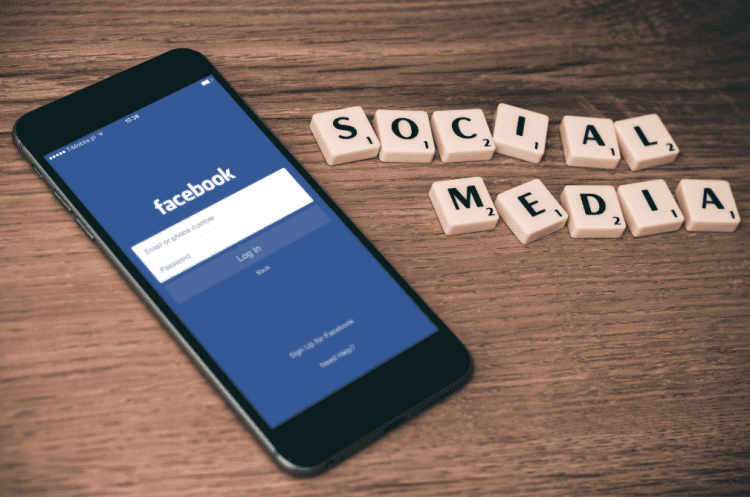How to Use Social Media to Enrich Your Classroom Instruction
When you suggest the possibility of using Social Media in the classroom, plenty of teachers may look at you funnily. After all, they’ve battled day in and day out with smart phones and tablets, trying to keep students from checking their Facebook feeds and tweeting about their weekend plans during lessons. However, using Social Media and technology to enrich classroom instruction and revolutionise research, projects, and communication isn’t as crazy as it sounds.
If you’ve been an educator over the past decade, you’re guaranteed to cringe at the thought of having your students log onto Facebook in class. The truth is, Facebook is more than just a conga line of crass memes and videos of adorable animals. It’s a hub for breaking news, a place where contemporary authors share their thoughts, and a perfect forum for easy and productive communication. Before you write off this Social Media giant, consider the following ways in which you might turn Facebook into an educational experience.

- Follow News Feeds
Have your students follow the feeds of notable figures or organisations. These days, everyone from The New York Times to J.K. Rowling has a dedicated Facebook page updated with relevant content. This can be a way for students to stay on top of current events and technological trends. - Create Class Groups
Create a group for your classroom and invite all the students to join. Groups have their own news feeds and can be terrific for posting content relevant to the current unit, asking probing questions for students to discuss, or making announcements. - Create Mock Pages
Have your students create Facebook pages for historical figures or characters from their reading. They can populate the pages with images, status updates, and other content relevant to that figure. This can be a terrific way for students to speculate how historical figures or classic characters might respond to current issues.
It may be hard to believe that a Social Media platform dedicated to brief statements and quick links could be put to educational use. However, Twitter is more than just an opportunity to highlight your every random thought. It all comes down to how you use it and who you choose to follow. Consider the following tips for implementing Twitter into your classroom instruction.

- Follow Key Accounts or Hashtags
News organisations, politicians, and other important figures and institutions have Twitter accounts. Encourage students to follow these accounts and save notable content or report on what they’ve learned. Conversely, you could have them follow specific hashtags to track the public response to specific events. - Create a Teacher or School Account
Use it to post content that is interesting and relevant to your unit, class announcements, and discussion questions that students can tweet responses to. - Live Tweet Reading
Have students live tweet the chapters they are reading for homework. They can share thoughts, questions, and critiques. They can make comparisons to other stories or to popular culture. In short, they will be responding, reflecting, and making connections in a fun way that is visible to their peers.
Visual learners might find Pinterest the most appealing platform when it comes to social media and education. After all, Pinterest lends itself well not only to images but also to a more visually dynamic way of organising content. The following steps will show you the many ways in which Pinterest can revolutionise how your students brainstorm, research, and share ideas.
pinterest-logo
- Brainstorm
Pinterest is an excellent place to find inspiration and organise ideas. Students can locate pins related to history, education, technology, and more. They can use those pins to help develop unique ideas for class projects. Having students search for content can also be an engaging way to front load instruction for a new unit. - Research
Pinterest is a very visual way to jump start a research project. By finding and saving pins, students can locate historical images and quotes. They can also find infographics on a variety of educational topics. What’s more, students can do this either individually or in a group. - Create Student or Classroom Showcases
Upload original content from your classes. Use these images of class projects, activities, and more to create a classroom showcase that highlights your students’ hard work. Conversely, you could have each student do this for their individual work, making highly visual student portfolios.
Everything New is Old
Yes, incorporating popular media into your classroom instruction can be scary and it may not always “feel” like education. However, looking closely at the skills being practiced, you can see that students are engaging in the same modes of thinking that they might use in a more conventional classroom setting.

Twitter and Facebook discussions require students to reflect, ask questions, and make connections. Live tweeting current reading can help students practice metacognition, where they think critically about their own reading habits. Creative accounts require students to infer facts and opinions about key figures. Brainstorming and researching through Pinterest requires synthesis, where students combine pre-existing ideas to help develop new ones. Give social media education a try. After all, it’s the thinking, discussing, and dreaming that matters most.
How do you feel about using Social Media in the Classroom?
Follow Kognity on Social Media and see what we are getting up to!

